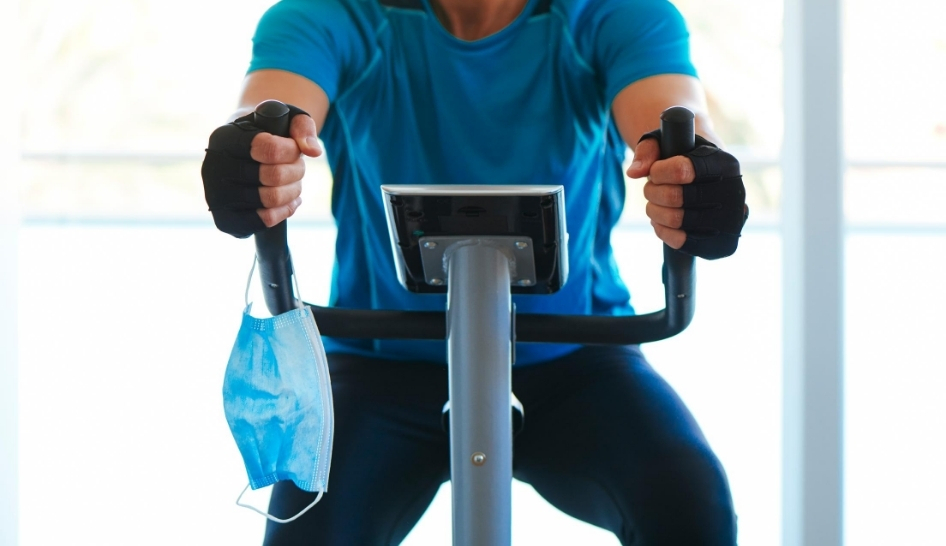Updated February 12, 2021.
As the COVID-19 pandemic—including new, more transmissible variants—continues to spread, health authorities emphasize the importance of wearing masks or cloth face coverings in indoor settings, and even crowded outdoor settings. This is because masks can be an important strategy to reduce the spread of the virus in the community, given the known spread of COVID-19 by people who are not yet (or never become) symptomatic.
Do Masks and Face Coverings Stem the Spread?
The short answer is yes, and to what extent depends on several factors including mask type and quality, compliance with masks, and other environmental factors. The available evidence would seem to support the widespread use of face coverings to help reduce COVID-19 transmission in the community.
According to a study in Nature, medical-grade masks and unvented KN95 masks reduced aerosol particle emission from the wearer by 90% and 74% respectively. The efficacy of cloth masks was less clear. Data from the American Society for Microbiology found that cotton, surgical, and N95 masks all protect against droplet spread, with higher protection when masks were worn by virus spreaders.
Data from the Proceedings of the National Academy of Sciences found a “preponderance of evidence” suggesting population level mask wearing reduces transmissibility, and is most effective when compliance is high.
A study in Health Affairs looked at the association between policies requiring the public to use masks/face coverings and the growth rate of COVID-19 in 15 states and Washington D.C. The results found a link between mask requirements and decreasing daily growth rate of COVID-19 during the period studied, April 8 to May 15, 2020. The study estimates those mask requirements possibly averted as many as 230,000–450,000 COVID-19 cases as of May 22.
In a similar study, researchers out of Texas A&M University used statistical analysis and trend projection to estimate the effect of mitigation procedures in China, Italy, and New York City. They found that using a face mask reduced the number of infections by more than 78,000 in Italy from April 6 to May 9, and by over 66,000 in New York City from April 17 to May 9.
Another systematic review published in Lancet analyzed data from 172 studies, including:
- SARS-CoV-2 (the coronavirus that causes COVID-19)
- Coronaviruses that cause severe acute respiratory syndrome (SARS) and middle east respiratory system (MERS).
According to the findings, the risk of transmission lessens with at least one meter of physical distancing, with increased protection at longer distances. The use of a mask or face covering also increased protection. As expected, N95 and other respirator masks were most effective, but cloth face coverings did have some benefit.
The U.S. Centers for Disease Control and Prevention’s Scientific Brief: Community Use of Cloth Masks to Control the Spread of SARS-CoV-2 points to several real world, anecdotal examples in which mask use decreased or prevented COVID-19 transmission. Examples include two hairstylists who worked in masks while asymptomatic and avoided spreading COVID-19 to their 139 clients, and a case study finding household use of masks in Beijing reduced secondary transmission by 79%.


